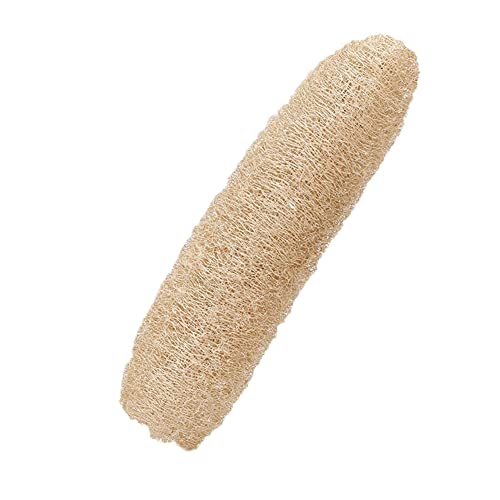- Messages
- 9,597
- Location
- Teesside
Is this posted to the wrong thread or are you refering to the photo of the tds meter earlier?
If its the tds meter then its easy. You just need to know what size piping you have so you get the right connectors.
If this refers to the flush valve on the other thread "best r/o" then again its easy. You just push your pipe into the connectors as you would any John Guest fitting.
Last edited by a moderator:



























